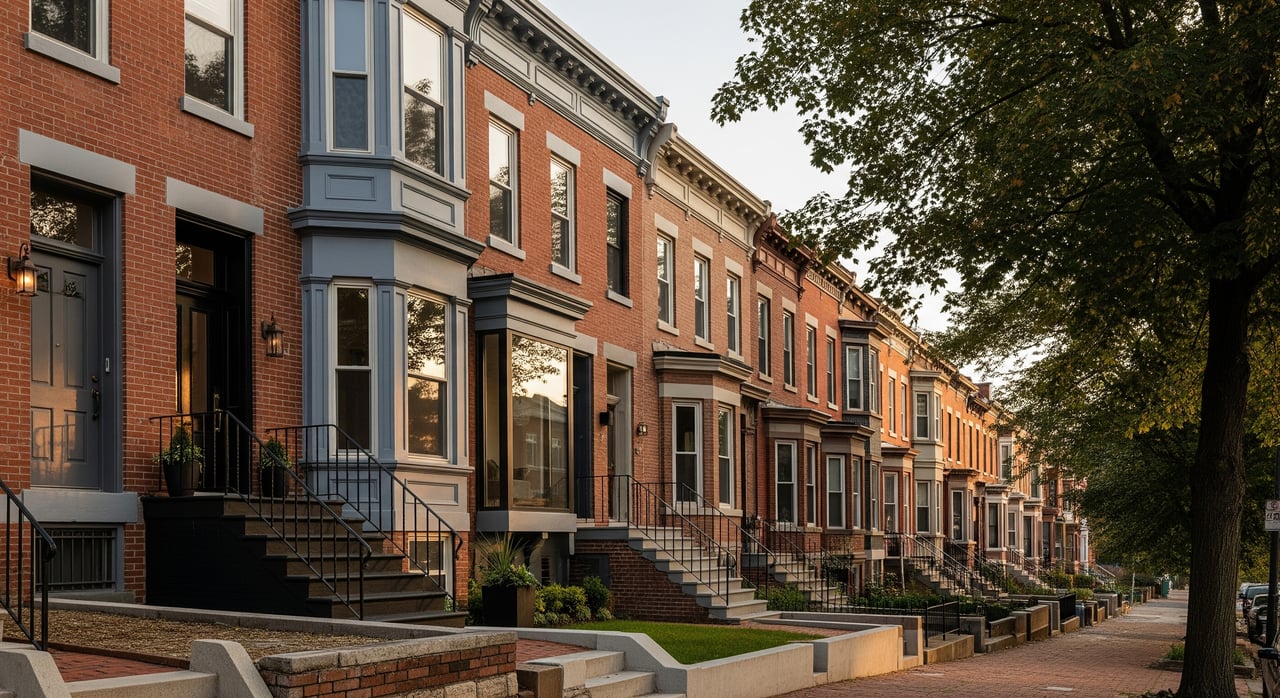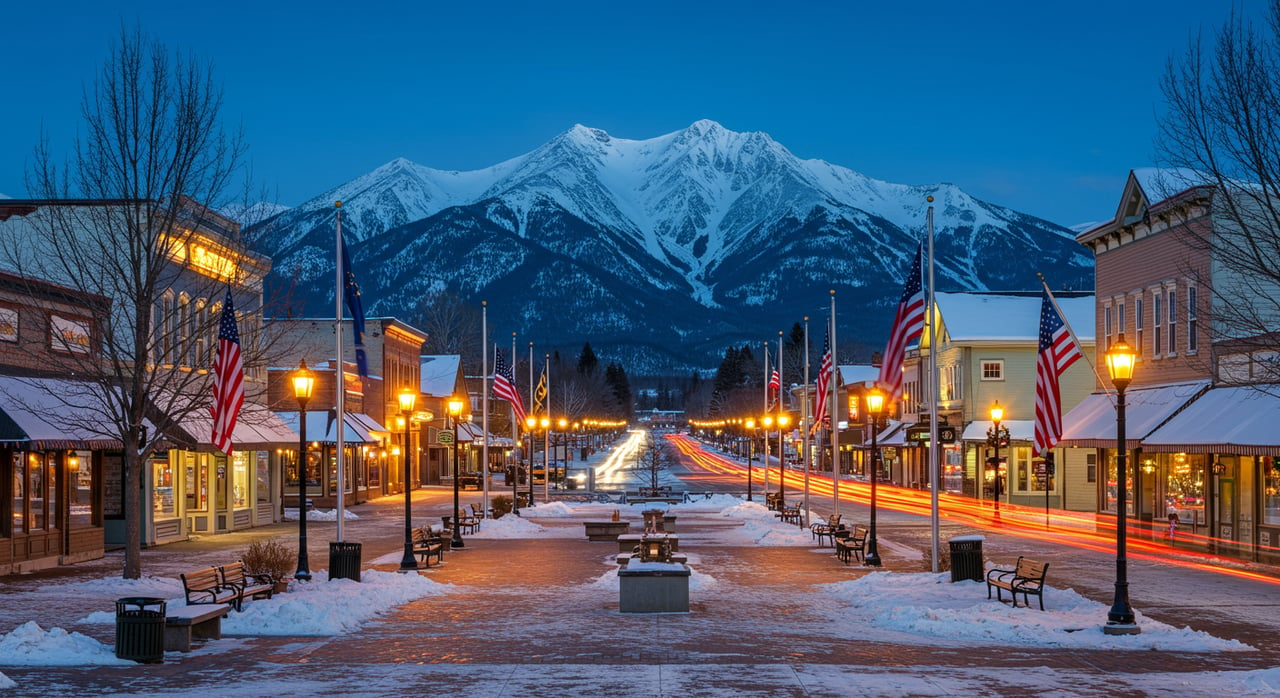As we enter the Spring season, it’s a great time to realize the impact “Earth Day” and the modern green movement have had on the world. How did expertly organized rallies during the revolutionary '60s and '70s lead to the creation of laws that benefit us today? For many, Earth Day is but another day on the calendar, but if it wasn’t for its implementation and the dedication of political leaders from America’s past, no one could “go green,” nor would there be any hope to correct the atrocities and contamination still plaguing our planet.
Nothing New
Civilizations have understood the importance of sustainability since the beginning of time! Dependent on the health of the land, air, and water, ancient peoples throughout Asia, Europe, and the Americas instituted terracing and advanced irrigation systems for efficiency, crop rotation, wind energy systems, natural fertilizers, and residential solar energy systems.
Fast forward to industrialized Europe and America when waste was starting to rapidly ruin our water and air supply. Teddy Roosevelt, a staunch supporter of wildlife conservation was alarmed by the typhoid and cholera wiping out scores of Americans, as well as the threats posed to animals and the country’s landscape. The end of these deteriorating conditions was nowhere in sight.
Great strides were taken to draw the public’s attention to the situation (e.g. the birth of the Sierra Club, the creation of Yosemite National Park, and the wildlife conservation movement) before World War II, but after the war, attention was trained on securing our nation, not saving the wilderness from exploitation. It wasn’t until Rachel Carson, a Pittsburgh area native and Chatham University alumna, published Silent Spring in 1962, that the greater public was reminded of how toxic our surroundings had become and what consequences certainly lay ahead if we didn’t heed nature’s warning.
The “Teach-In”
After horrific, but preventable, disasters such as the Donora Fluoride Fog, the fire on the Cuyahoga River (it raged up to five stories high!), and the Santa Barbara oil spill in 1969, Senator Gaylord Nelson (Wisconsin) decided the nation needed a “national teach-in” about environmental matters. On April 22, 1970, the nation’s first Earth Day, thousands of students across the U.S. demonstrated for the protection of the environment in large rallies and protests. They spoke out against freeways, power plants, the polluting of streams, rivers, and oceans, toxic waste, raw sewage dumping, pesticides, and other horrors that were ruining our nation, its people, and its ability to sustain life. It was hugely successful, and a peaceful triumph in the fight to protect America’s natural habitats.
Lasting Effects
The first Earth Day led to monumental improvements in protecting the environment, such as the creation of the EPA, the Clean Air Act, the Clean Water Act, and the Endangered Species Act. In 1990--Earth Day went global.
Oil spills, air pollution from emerging countries, nuclear waste/radiation, and the abolition of land for building and cattle farming are proliferating beyond our imaginations, and it’s threatening to do more harm than we can ever repair during our lifetimes. Earth Day has become “Earth Month and Beyond” in Pittsburgh.
Pittsburgh’s LEED-Certified Projects – Beacons of Sustainable Development
*Riverfront Revitalization -homes along the rivers are not just a sanctuary but also an eco-conscious choice. LEED (Leadership in Energy and Environmental Design) certified buildings along the riverfront blend modern design w/ sustainability, utilizing innovative technologies to minimize impact while maximizing comfort and efficiency.
*Urban Oasis – as you stroll along Penn Avenue, you’ll encounter LEED-certified mixed-use developments seamlessly integrated into the district’s fabric. These projects prioritize walkability, green spaces, and community connectivity.
*Adaptive Reuse – The Strip District and Lawrenceville’s past is evident in its architecture, with former warehouses and factories finding new life as LEED-certified residential & commercial spaces. Notably, 2500 Smallman, Smallman Place, Brewer’s Block, and Refinery residences. Oxford’s “Three Crossings, The Hill District’s Energy Innovation Center, PNC’s First Side Center, The Convention Center, PPG Arena, Children’s Museum, and more.
*Green Spaces Galore – Parks and green spaces are woven into the landscapes providing residents with serene retreats. LEED-certified developments prioritize outdoor amenities, such as rooftop gardens and community parks, fostering a connection with nature and promoting a healthier, more sustainable lifestyle.
*Community-Centric Living – The Urban Neighborhood’s greatest asset is its strong sense of community. From co-housing initiatives to collaborative workspaces that foster a sense of belonging that benefits both residents and the broader neighborhood.
Ready to Make Your Mark?
Join us in shaping the future of Pittsburgh’s urban landscape. Whether you’re drawn to the historic charm of the Strip District or the creative energy of Lawrenceville, there’s a LEED-certified project awaiting you. Take the first step towards sustainable living and invest in your future.
The 2024 Initiative is “Planet Vs Plastic” and Pittsburgh Is All In
Earthday.org is committed to building a plastic-free planet for generations to come! Earth Day 2024 is an excellent opportunity to recognize Pittsburgh’s commitment to sustainability and eco-friendly living. By 2030, Pittsburgh will reduce emissions by 50% from 2003 amounts and power all City facilities with 100% clean energy. Recently, the City Council took a historic step by making Pittsburgh the latest municipality to enact a ban on the distribution of single-use plastic bags by retail businesses at checkout or delivery. This landmark piece of legislation will sharply curtail litter, mitigate stormwater risk, reduce the amount of microplastics in our soil and water, improve the City’s recycling efficacy, and begin to break our dependence on fossil fuel-based products.”
The Pittsburgh Earth Day events, scheduled for April 27th, offer a unique chance to engage with the community and align yourself with environmentally conscious practices. Such events include The Tailgate Tour, The Recycled and Upcycled Fashion Show, and the Wild Bird Recovery Demonstration.






